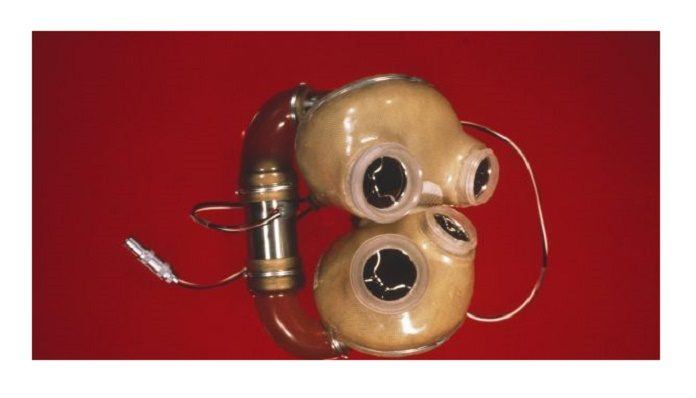Generally, aortic stenosis, an open heart surgery is commonly used in treating heart conditions like aortic stenosis. It costs around £20,000 (around $25,000). Open-heart surgery is sometimes called traditional heart surgery. But now many heart surgeries replaces open heart surgery. Similarly, the transcatheter aortic valve implantation (TAVI) is one of them.
TAVI is made of bovine pericardium encased in a collapsible metal stent. The procedure is designed to clear impaired aortas by being inflated like a miniature expanding doughnut after reaching it desired position using a previously inserted guidewire. Even, doctors are implanting it on unborn babies.
The procedure TAVI was first performed in 2005 on an unborn baby girl by Wayne Tworetzky. The fetus had hypoplastic left heart syndrome (HLHS), which causes the left side to develop improperly. Thus, doctors need to create a hole and retain it between the left and right ventricles to oxygenate the blood sufficiently. This could drastically reduce the rates of miscarriage and infant deaths.
According to various scientists, artificial heart is the future of treatment for heart-related conditions. Scientists are trying to develop it in three ways:
First, by using some tiny rotary motors, scientists are creating a robotic heart. Although, several companies including Carmat trying to develop them.
Second, it could be achieved by appropriating a heart by decellularizing and modifying it to human specifications and then encouraging human heart cells to grow around the skeleton heart. In 2008, scientists conducted an experiment and got success in generating electricity but no contraction or pumping motions.
The third method involves using 3D printing. It uses a heart printed with amenable materials.
Although, because of TAVI, the surgeries becomes easier to overcome the increasing rate of heart complication survival.
Thomas Morris reported, “Just minutes after being given a new artificial heart valve, the patient raised an arm from under the drapes and shook the cardiologist’s hand warmly. However, due to their high cost and the shortage of donors — the waiting list has doubled in the last 5 years in the U.K alone. Artificial hearts could eliminate the issue of a lack of donors, saving countless lives in the process.”
